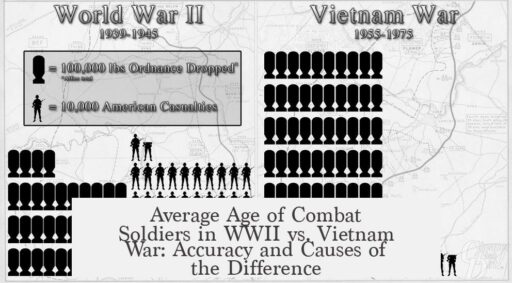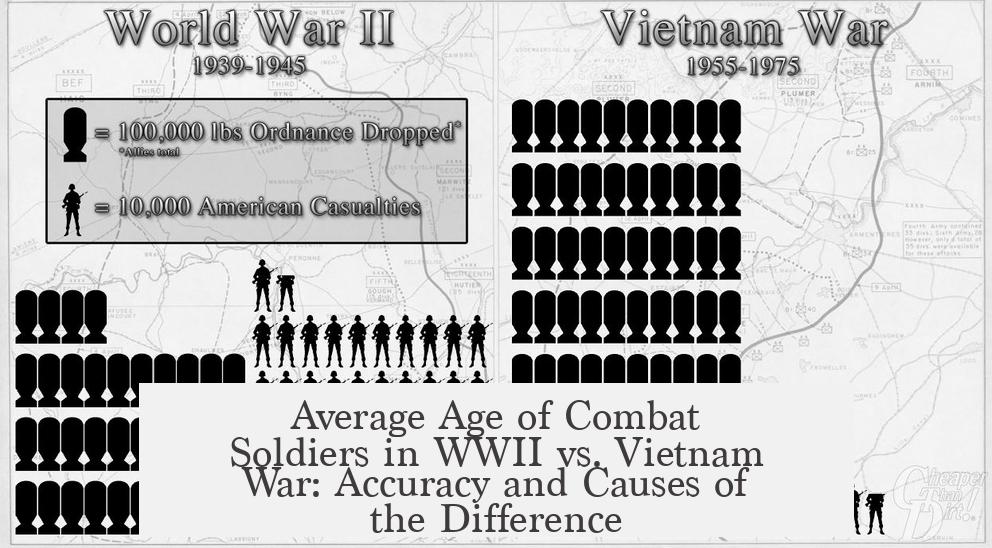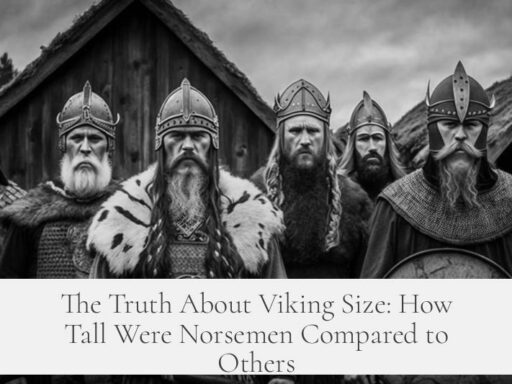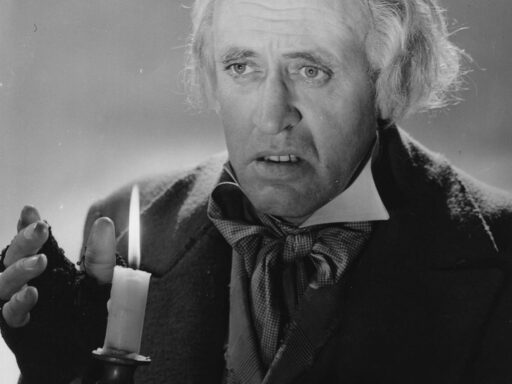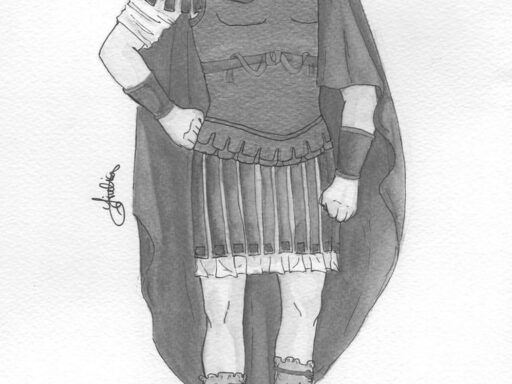The claim that the average age of combat soldiers was 26 in World War II and 19 in the Vietnam War is not entirely accurate. Available data indicates that the average age of soldiers in both wars was generally in the early twenties, not as dramatically different as the claim suggests. Although the Vietnam War saw younger soldiers serving in combat roles, the actual average age was closer to 23, while World War II soldiers also clustered around their early to mid-twenties.
Examining the Vietnam War first, Department of Defense statistics from the Combat Area Casualties Current File (CACF) show the average age of those killed was about 23.11 years. Around 24% of casualties were 20 years old, and the next most common age was 21 years at 17%. Data from the Vietnam Veterans Memorial supports a similar conclusion, with an overall average age of 22.8 years for those listed. The memorial includes a wide range of ages, from 15-year-old Dan Bullock, who lied about his age, to Sergeant First Class Dwaine U. McGriff, who was 63.
| Category | Number | Average Age |
|---|---|---|
| Total Killed | 58,148 | 23.11 |
| Enlisted | 50,274 | 22.37 |
| Officers | 6,598 | 28.43 |
| Warrant Officers | 1,276 | 24.73 |
| E-1 (Private) | 525 | 20.34 |
The Vietnam War data highlights a predominance of young enlisted infantrymen averaging around 22.5 years old but also shows older officers with an average age of 28.
Turning to World War II, the age profile of American combat soldiers was somewhat similar. Many frontline soldiers were in their early twenties. The draft age was lowered to 18 in late 1942, producing many 18 to 20-year-old draftees, often drafted straight out of high school. This shift made the age distribution lean younger over time.
For example, in October 1943, the 10th Light Division (Alpine) training at Camp Hale, Colorado, had the following age breakdown:
| Age Group | Number | Percentage |
|---|---|---|
| 18-19 | 1,493 | 21.8% |
| 20-22 | 2,141 | 31.2% |
| 23-25 | 1,167 | 17.0% |
| 26-28 | 839 | 12.2% |
| 29-31 | 580 | 8.4% |
| 32-34 | 313 | 4.6% |
| 35-37 | 262 | 3.8% |
| 38+ | 67 | 1.0% |
Most soldiers clustered in the 20-22 age group. The percentage of men over 25 was significant but smaller relative to younger men. Company L, 134th Infantry Regiment data from 1944 also reveals that most draftees were 20-24 years old, while National Guard soldiers tended to be in their mid-to-late twenties.
Several factors influenced the age distribution in World War II. The draft age lowering in 1942 rapidly increased the flow of younger draftees. Despite this, the manpower shortage starting in late 1943 led to drafting older men, including fathers in their 30s, and even men with mild physical or medical conditions.
This manpower shortage caused a broader age range among frontline troops, diluting the average age upwards slightly compared to the initial influx of younger soldiers. By late 1944, roughly half the soldiers were 18 years old, especially among the replacements going to infantry or armored divisions.
By contrast, Vietnam War soldiers generally entered service through the draft or volunteered at younger ages due to the draft policy and demographic factors at that time. The military structure, length of conflict, and nature of combat also shaped the composition of troops differently between the two wars.
- The “average age 26 in WWII, 19 in Vietnam” claim is overly simplified and likely inaccurate.
- Vietnam War combat deaths average around 23 years; many soldiers were in their early 20s.
- World War II soldiers were mostly in early to mid-20s, with a mix of younger draftees and older men due to manpower needs.
- Draft policies and manpower shortages affected the age distribution in WWII more than Vietnam.
- Both wars featured a wide age range among combat soldiers, with averages not drastically different.
This analysis shows that combat soldiers’ average age in Vietnam was slightly younger but not dramatically so compared to World War II. Historical data and official records support average ages roughly between 20 and 25 years for frontline troops in both conflicts.
